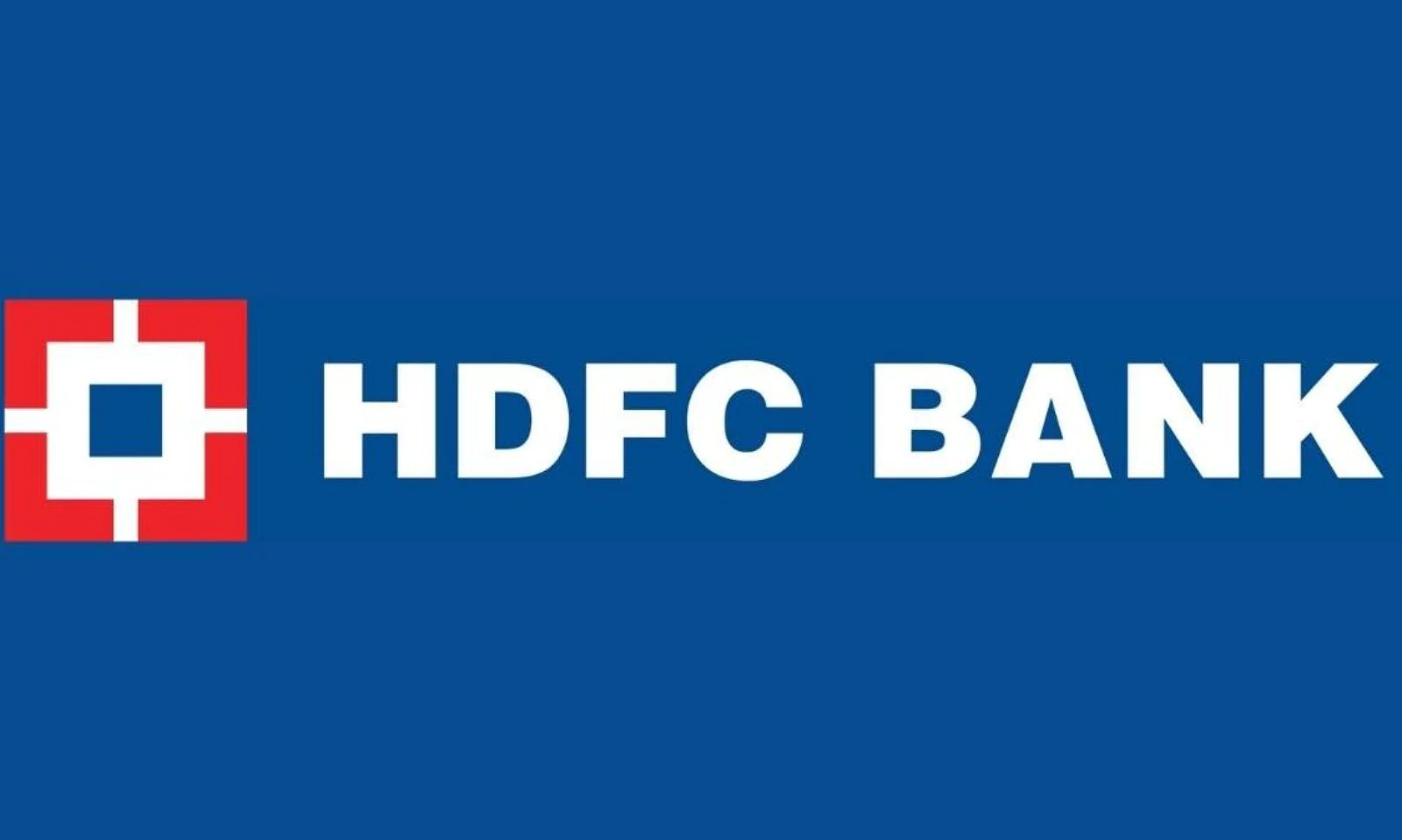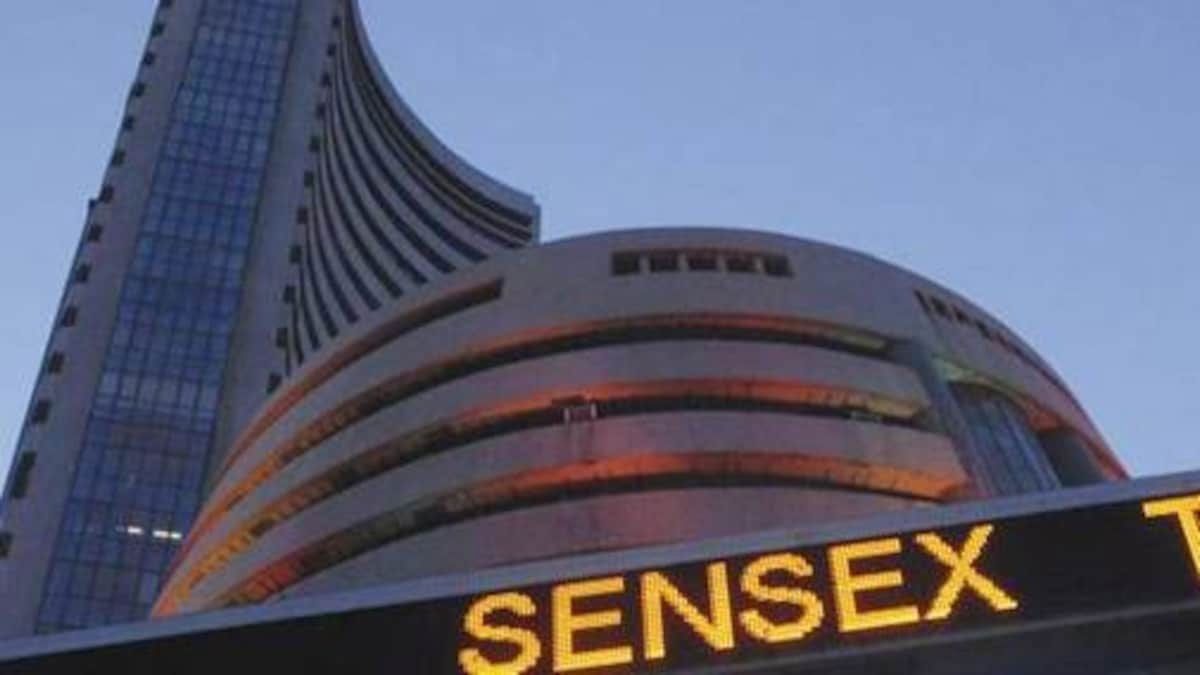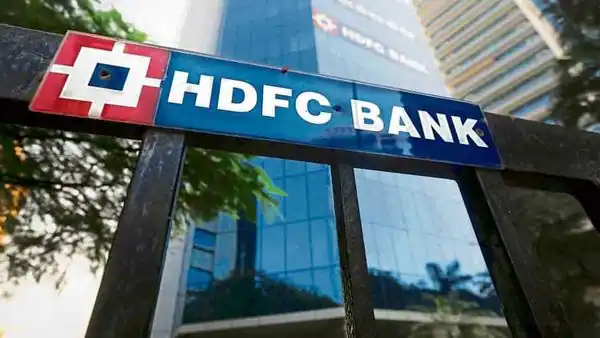HDFC Bank share price underperforms Sensex post-merger; what should you do?
Shares of HDFC Bank have experienced some profit booking in July following a decent gain of about 6% in June ahead of the merger with HDFC. The stock has declined by nearly 2% in the current month while the equity benchmark Sensex has gained 2%. Despite this short-term decline, many analysts and brokerage firms maintain a positive outlook on the stock for the medium to long term. They believe that the merger of HDFC and HDFC Bank is synergistic and will likely bring benefits in the future.
The merger of HDFC and HDFC Bank is expected to create synergies and enhance the overall strength of the combined entity. It is seen as a positive move that can leverage the strengths of both organizations and create value for shareholders. The market sentiment towards the stock remains favourable, and analysts believe that the long-term prospects of HDFC Bank are promising.
It is important to note that short-term price movements in the stock market can be influenced by various factors, including market sentiment, investor behaviour, and global economic conditions. Profit booking after a period of gains is a common occurrence as investors may choose to realize their profits. However, the long-term outlook for HDFC Bank remains positive, supported by its solid fundamentals and the anticipated benefits of the merger.
Investors should consider their investment objectives, risk tolerance, and seek professional advice before making any investment decisions.

On July 5, HDFC Bank released its business updates for the June quarter, providing information on the merged entity’s gross advances. As of June 30, 2023, the gross advances of the merged entity totalled approximately ₹2,245 crores. This figure represents a growth of 13.1% compared to ₹1,985.9 crore recorded on June 30, 2022. Additionally, it reflects a marginal increase of around 0.7% compared to ₹2,230.2 crore reported on March 31, 2023.
The disclosed data provides insights into the lending activity of HDFC Bank and indicates the growth in gross advances during the specified period. This growth demonstrates the bank’s ability to expand its loan portfolio, potentially driven by increased demand for credit or strategic initiatives to enhance lending activities.
It is important to note that the provided figures represent a specific aspect of HDFC Bank’s business and should be considered in the context of the overall financial performance and market conditions. Investors and analysts may further analyze the complete financial results and accompanying disclosures to gain a comprehensive understanding of the bank’s performance and future prospects.

According to the BSE filing by HDFC Bank, the merged entity’s gross advances, excluding wholesale advances of HDFC, amounted to approximately ₹2,136.5 crore as of June 30, 2023. This figure represents a growth of around 15.3% compared to ₹1,852.2 crore recorded on June 30, 2022. Additionally, it indicates a growth of about 1.3% compared to ₹2,109.7 crore reported on March 31, 2023.
Furthermore, the merged entity’s deposits amounted to approximately ₹2,063.5 crore as of June 30, 2023. This figure reflects a growth of 16.2% compared to ₹1,776 crore reported on June 30, 2022. It also represents a growth of 1.2% compared to ₹2,039.4 crore reported on March 31, 2023.
These disclosed figures provide insights into the merged entity’s lending activity and deposit base, excluding wholesale advances of HDFC. The growth in gross advances and deposits suggests an expansion of the merged entity’s lending and deposit-taking operations. This growth may be driven by various factors, including increased demand for credit and efforts to attract deposits.
Investors and analysts can further analyze the complete financial results and accompanying disclosures to gain a comprehensive understanding of the merged entity’s financial performance and trends. It is important to consider these figures in the context of the overall financial performance of HDFC Bank and HDFC, as well as the market conditions and industry dynamics. Analysts and brokerage firms, including Morgan Stanley, have expressed a positive outlook on HDFC Bank, considering it an attractive long-term investment opportunity. Morgan Stanley, in particular, has resumed coverage on the stock with an ‘overweight’ view and set a target price of ₹2,110, which suggests a potential upside of 26%.
An ‘overweight’ rating typically indicates that the stock is expected to outperform the market or its sector. It reflects the analyst’s belief that HDFC Bank has strong growth prospects and the potential for favorable returns for investors. The target price provided by Morgan Stanley implies that they anticipate the stock price to increase by around 26% from its current level.

It’s worth noting that target prices and recommendations provided by brokerage firms and analysts are based on their assessments and projections, which consider various factors such as the company’s financial performance, industry trends, competitive landscape, and macroeconomic conditions. However, it’s important for investors to conduct their own research and analysis before making any investment decisions.
As with any investment, inherent risks are involved, and market conditions can change. It’s advisable to consider multiple viewpoints and consult with a financial advisor to assess the suitability of HDFC Bank’s stock for an individual’s investment goals and risk tolerance.
Morgan Stanley highlighted the attractive valuation of HDFC Bank stock in its note, stating that they value the bank at nearly 17 times one-year forward earnings. Additionally, they added ₹215 for the bank’s subsidiaries, considering a 20% holding company discount.
Valuation plays a crucial role in investment decisions, as it helps investors assess whether a stock is priced attractively relative to its earnings potential and other factors. In this case, Morgan Stanley’s valuation approach considers the bank’s forward earnings and incorporates the value of its subsidiaries.
It’s important to note that valuation metrics and methodologies can vary among different analysts and brokerage firms. They may also be influenced by the broader market conditions and outlook for the banking sector. Therefore, it’s recommended that investors to consider multiple sources of analysis and conduct their own research to form a well-rounded view of a stock’s valuation and investment potential.
As with any investment, it’s essential to carefully evaluate the risks involved and consider one’s own investment goals and risk tolerance. Consulting with a financial advisor can provide further guidance tailored to individual circumstances. Morgan Stanley’s analysis highlights several positive factors for HDFC Bank’s prospects. They mention that the bank trades at 16 times one-year forward EPS, which is nearly 20% below the 15-year mean, indicating a potentially attractive valuation.
The presence of trailing solid investments and favourable cyclical tailwinds, such as benign asset quality and improving real deposit rates, are expected to help the bank navigate the challenges associated with the merger and return to a growth trajectory of 17-18% in EPS after the first year.
According to Morgan Stanley, the merger with HDFC brings synergies for HDFC Bank, providing access to secured and long-tenor retail mortgage products and a large customer base. They also highlight that the bank’s product suite, direct access to insurance and other subsidiaries, and geographical reach are superior to those of most private banks.
Furthermore, Morgan Stanley anticipates that the merged entity’s loan growth will accelerate from the current rate of 15-16% to 17-18% within four quarters, driven by an increase in mortgage loan growth.
Jehan Bhadha, Senior AVP of Equity Research – Retail at Nirmal Bang, also acknowledges HDFC Bank’s strong business growth compared to its peers, leading to consistent market share gains.
It’s important for investors to consider multiple perspectives and conduct their own research before making investment decisions. Factors such as market conditions, regulatory changes, and overall economic performance can impact the future performance of a stock. Consulting with a financial advisor can provide personalized advice based on individual circumstances and investment goals. Jehan Bhadha of Nirmal Bang is optimistic about HDFC Bank’s credit growth prospects despite its already large size, with advances of ₹22.45 lakh crore as of Q1FY24. Bhadha expects the bank to achieve superior credit growth of 18% CAGR in the coming years, driven by continued investments in branches and digital capabilities.
The bank’s plan to add 1,500 branches annually for the next three to four years is seen as securing a growth runway for the future.
The merger with HDFC Ltd, a mono-line parent, is expected to bring significant benefits in terms of scale, balanced loan mix, and cross-selling opportunities, along with a reduction in balance sheet riskiness. Bhadha anticipates substantial business opportunities in both banking and non-banking sectors following the merger. They estimate that post-merger, HDFC Bank will maintain a 2% return on assets (RoA) and achieve profit growth of 18% over the next few years.
Nirmal Bang values HDFC Bank at ₹2,000 by applying a multiple of 18 times FY25E EPS (earnings per share), based on a PE (price-to-earnings) to growth ratio of one. This translates to a target price-to-book (P/B) multiple of 2.9 times FY25. It’s important to note that these projections and valuations are based on assumptions and should be considered alongside other factors and research before making investment decisions. Incred Equities, a brokerage firm, anticipates sporadic systemic credit growth but believes HDFC Bank will benefit from its deeper penetration driven by branch expansion. They expect HDFC Bank to outperform most banking peers in terms of growth and margin parameters, considering that the merger overhang is already resolved and business disruption occurred in Q1FY24.
Incred Equities maintains an “add” rating on HDFC Bank and assigns it a target price of ₹2,000. They value the standalone bank at approximately 2.7 times FY25F ABV (adjusted book value) and estimate the value of subsidiaries at ₹200 per share. It’s important to note that these ratings and price targets represent the opinion of the brokerage firm and individual investors should conduct their own analysis and consider other factors before making investment decisions.



